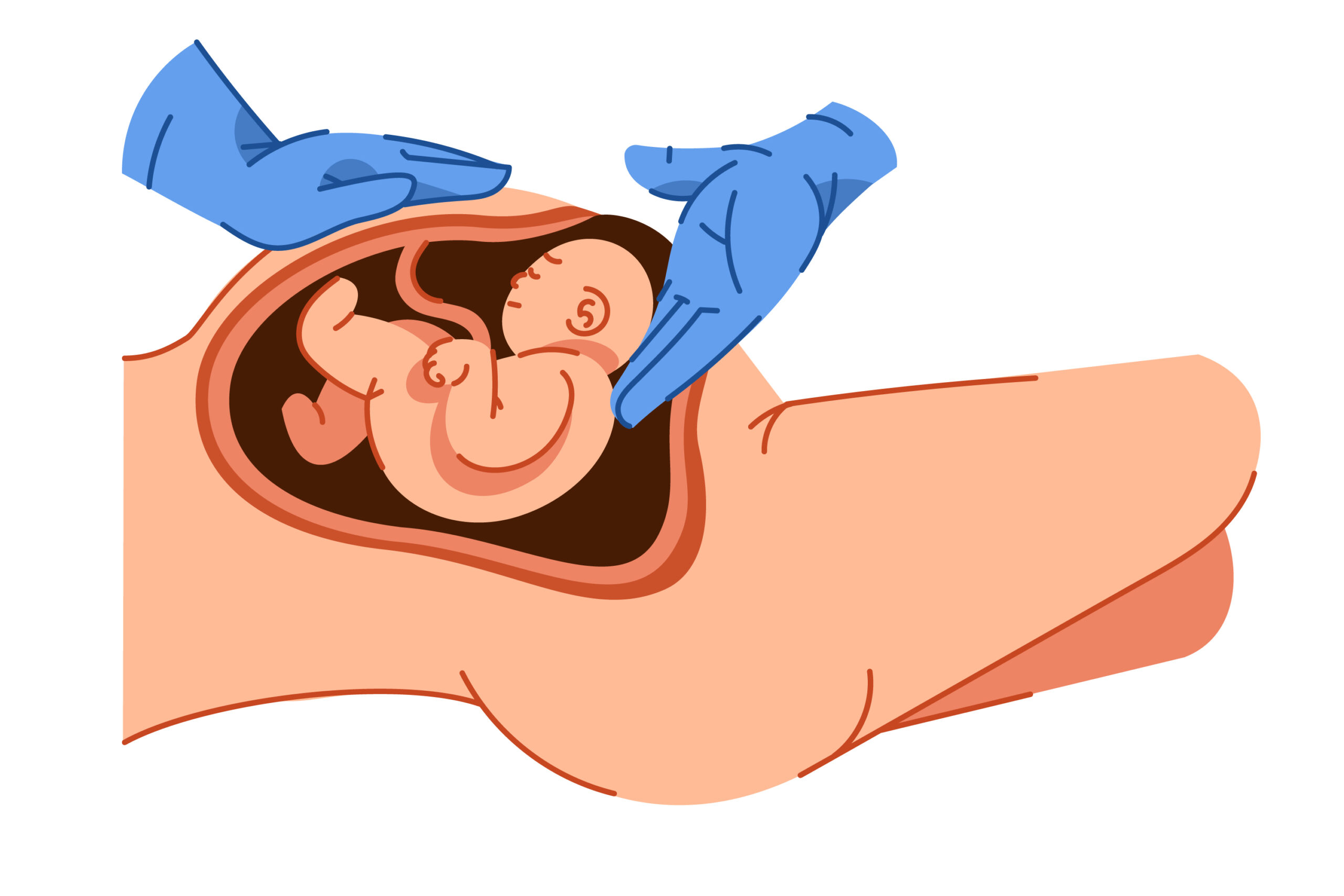The birth of a baby is a transformative event, not just emotionally but biologically. A critical aspect of a newborn’s health lies in the transfer of beneficial bacteria from the mother to the baby, which occurs during birth. These microbes play a foundational role in shaping the baby’s gut microbiome, immune system, and overall health. For babies born via cesarean section (C-section), this natural exposure to the mother’s bacteria during delivery is bypassed.
To address this, vaginal seeding has emerged as a practice aimed at replicating some of the microbial benefits of vaginal birth. It involves manually transferring beneficial bacteria from the mother to the baby using a cotton swab or gauze. While promising in theory, the practice also raises questions about safety and medical validity. This article delves into why vaginal seeding is being considered for cesarean babies, its potential benefits, risks, and expert opinions.
Why Is Vaginal Seeding Needed for Cesarean Babies?
During vaginal birth, a baby is exposed to the mother’s beneficial bacteria as it passes through the birth canal. This natural microbial transfer helps colonize the baby’s gut, skin, and other surfaces with good bacteria, which are essential for:
- Supporting the immune system
- Promoting healthy digestion
- Preventing the growth of harmful bacteria
In cesarean deliveries, however, this critical exposure is missed. Factors such as antibiotics taken during pregnancy or labor, as well as formula feeding, can further disrupt the development of a healthy gut microbiome in newborns. Vaginal seeding aims to address this gap by manually introducing the mother’s vaginal microbes to the baby’s mouth, nose, or skin.
The Importance of Good Gut Bacteria
Before birth, a baby’s gastrointestinal tract is thought to be sterile. Colonization by good gut bacteria begins through:
- Vaginal delivery – when the baby passes through the birth canal.
- Skin-to-skin contact – after birth, as the baby comes in direct contact with the mother.
- Breastfeeding – which provides probiotics and essential nutrients to the baby.
These beneficial bacteria are critical for:
- Fermenting unused energy substrates
- Stimulating the immune system
- Preventing harmful bacterial growth
- Regulating digestion
- Producing essential vitamins
Vaginal seeding could potentially mimic this natural process, promoting a healthy gut microbiome and reducing the risk of conditions such as asthma, eczema, and immune disorders.
Is Vaginal Seeding Safe?
While the benefits of vaginal seeding are compelling, the practice is not without risks. The vaginal canal can harbor harmful bacteria, including:
- Chlamydia
- Herpes
- Gonorrhea
- Group B strep
These pathogens can pose a risk to the baby if transferred during vaginal seeding. For this reason, a maternal vaginal swab is essential before the procedure to rule out any harmful bacteria. Additionally, the neonatology team and pediatrician should be informed to monitor the baby for any potential complications.
What Do Experts Say About Vaginal Seeding?
Currently, vaginal seeding is largely experimental and performed primarily as part of research studies. The American College of Obstetricians and Gynecologists (ACOG) does not recommend it as a routine practice due to limited evidence and safety concerns.
However, for mothers interested in exploring this option, it is crucial to have an open discussion with their healthcare provider. The decision should be made after weighing the potential benefits and risks, with proper consent and medical oversight.
The Role of Skin-to-Skin Contact and Breastfeeding
It’s important to remember that vaginal seeding is just one way to introduce beneficial bacteria to the baby. Skin-to-skin contact after birth and breastfeeding remain proven and effective methods for establishing a healthy microbiome. These practices are particularly important for C-section babies and should be prioritized wherever possible.
An insight from mamahood
Vaginal seeding sheds light on the critical role of the microbiome in a baby’s development and the challenges faced by cesarean-born infants in acquiring it naturally. While it offers potential benefits, the practice must be approached with caution and under medical supervision due to the associated risks.
For now, mothers can focus on other well-established practices like skin-to-skin contact and breastfeeding to support their baby’s health. As research continues to evolve, vaginal seeding may become a more widely accepted option, helping C-section babies receive the beneficial bacteria they need for a strong and healthy start in life. For personalized support, connect with Mamahood Health Advisors via live chat or private message, or explore Mamadoc—your AI doctor for tailored guidance just for you.








